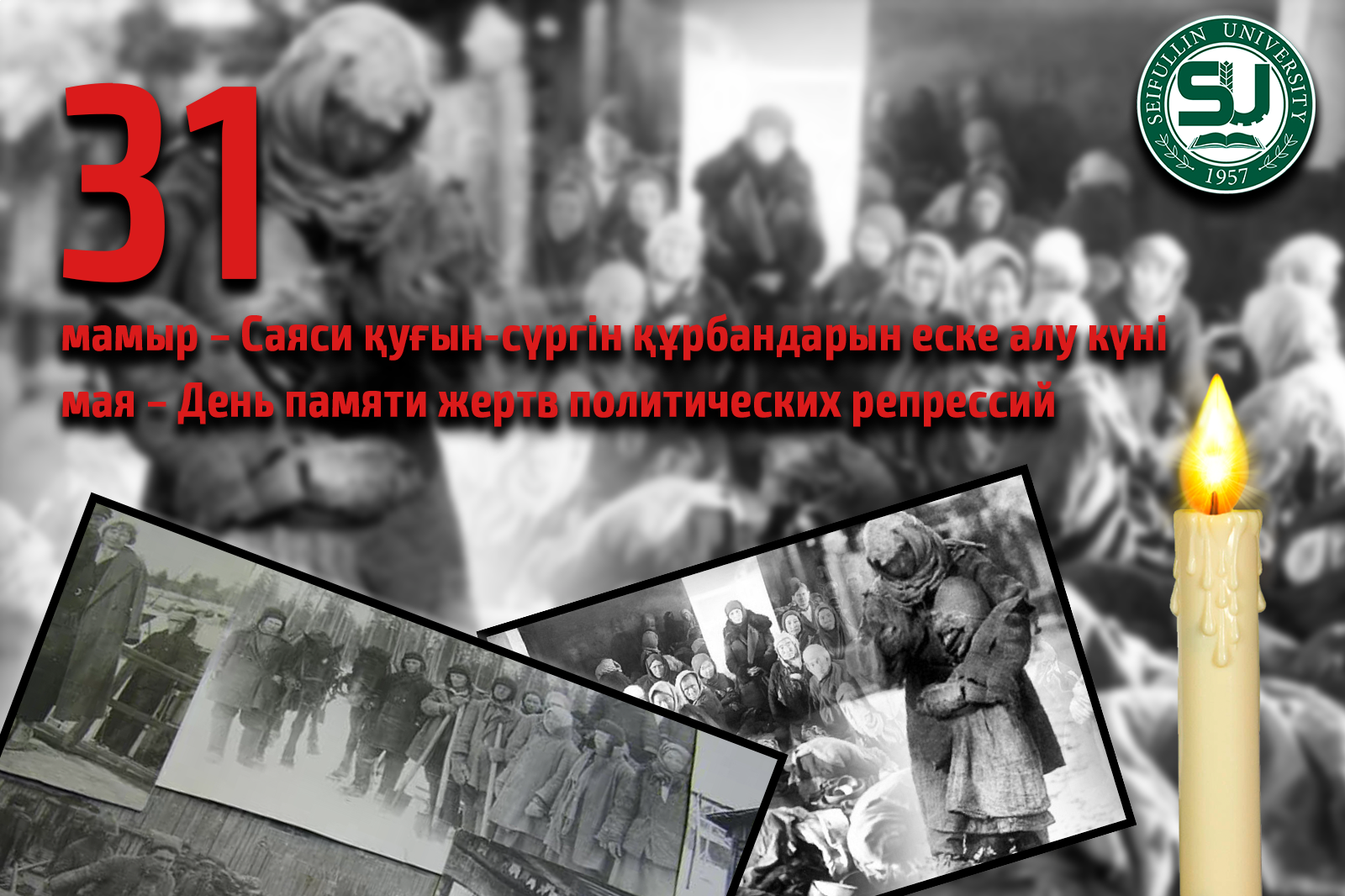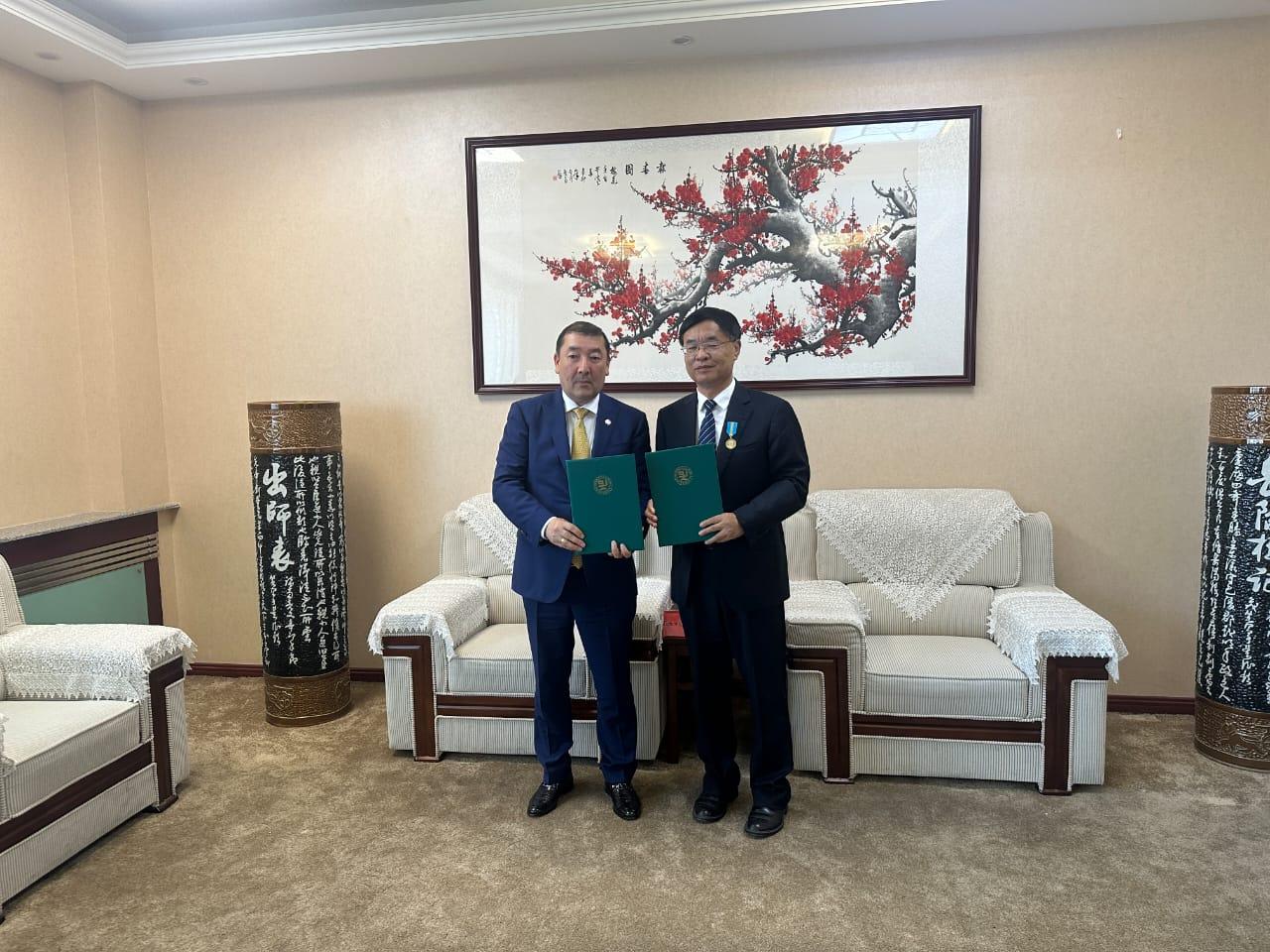
Просмотров: 801
In the first half of the twentieth century, as throughout many historical eras, the entire Kazakh steppe was filled with great sorrow.
Long-suffering Kazakh land... How much grief you have endured, how many secrets you keep, which you will not pass on and will not tell either to us or to future generations... Vast steppes, mountain peaks, blue rivers and lakes, historical monuments and graves are silent witnesses of those years.
What did the Kazakh people, who “died a thousand times and rose a thousand times,” not endure during their lives? From the time of the “Years of the Great Disaster Aktaban Shubyryndy” to 1932, 1937-38, the threat of extinction of our people on this endless steppe arose more than once.
The first repressions in our country began in 1928. In 1925, F. Goloshchekin, who became the first secretary of the Kazakhstan regional committee of the Communist Party, came to the disappointing conclusion that “The Great October Revolution did not have any impact on the Kazakh land,” therefore, “Little October” should be held here and began repressive measures in the region. He quickly began to fight against those local leaders who did not share his views. Our most famous patriots, such as Alikhan Bokeykhanov, Akhmet Baitursynov, Saken Seifullin, Magzhan Zhumabaev, Ilyas Zhansugurov, Beimbet Mailin, Zhakyp Akbaev, Alikhan Ermekov, Khalel Dosmukhamedov, Zhakhansha Dosmukhamedov, Mukhamedzhan Tynyshbaev and hundreds of others, fell under the blade of his cruelty.
In the 1930s, Kazakhstan, which was part of the Soviet Union, persecuted 103,000 people and executed 25,000. Under the guise of fighting against “enemies of the people,” party nomenklatura persecuted the families of those arrested and tried to destroy the heroes of the people at the root.
In total, during the period from 1930 to 1953, more than 40 million Soviet citizens became victims of repression, with members of the intelligentsia being the first to suffer. During this period, the Kazakh population decreased by 40 percent. Koreans, Poles, Volga Germans, Crimean Tatars, Caucasian peoples, Latvians and representatives of other nationalities were forcibly resettled to the Kazakh steppe.
Without stopping at political persecution, Goloshchekin initiated a massive transition of Kazakhs to settled life. In 1926-1927, a redistribution of arable and pasture lands was carried out, when arable land and livestock were taken away from more or less successful farms, and their owners were expelled - the infamous collectivization began.
In the period from the beginning of the twentieth century to the 30s, three major famines occurred on Kazakh land. These are the disasters of 1916–1918, 1921–1922, 1931–1933. According to the most conservative estimates of historians, about three million people died during this time. So in just 17 years we have lost about half of the population.
In this regard, since 1997, May 31 has been declared the Day of Remembrance for the Victims of Political Repression and Famine. And the government of the Republic of Kazakhstan annually holds commemorative events on May 31. On this day, we as a people remember the victims of despotism and pay tribute to their souls.
Let this bloody path never happen again on our land!
Почетный профессор Казахского национального аграрного университета. Карьера. 1979 г. — Кайрат Айтуганов начал работать оператором цеха перевозки Кокчетавского почтамта. 1984-1985 гг. — ассистент кафедры почвоведения Целиноградского сельхозинститута. 1987-1989 гг. — агроном, старший агроном, главный экономист совхоза Карабулакский Зерендинского р-йона Кокчетавской обл.


